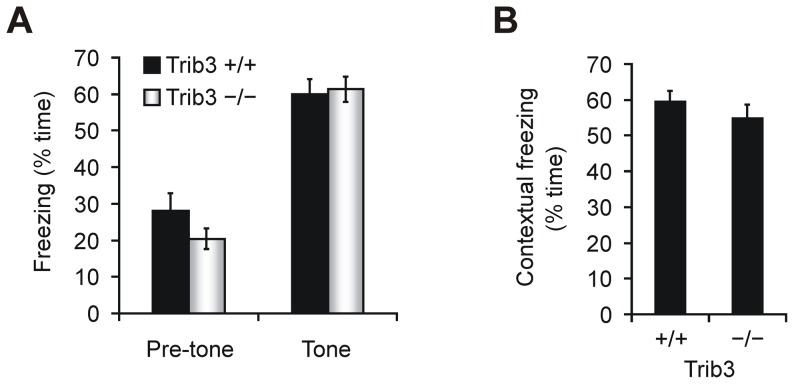Figure 4. Contextual and auditory fear conditioning is unaffected in mice with a targeted disruption of Trib3.
Data are means ± SEM from littermate Trib3 −/− (n = 16) and Trib3 +/+ (n = 10) mice. The testing of fear memory was performed approximately 24 h after training, and the animals were fed a leucine-deficient diet starting from the morning of the training day. (A) Auditory fear conditioning in mutant and wild type mice. For testing, the mice were placed into a chamber differing from the training chamber, and their movement was monitored during a habituation phase (pre-tone) and during the presentation of the auditory cue (tone). The percentage of time spent freezing is presented for each phase. (B) Contextually triggered freezing in Trib3 +/+ and Trib3 −/− mice. To assess contextual fear conditioning, the activity of the mice was monitored upon being returned to the training chamber, and the fraction of time spent freezing is expressed in percent.

